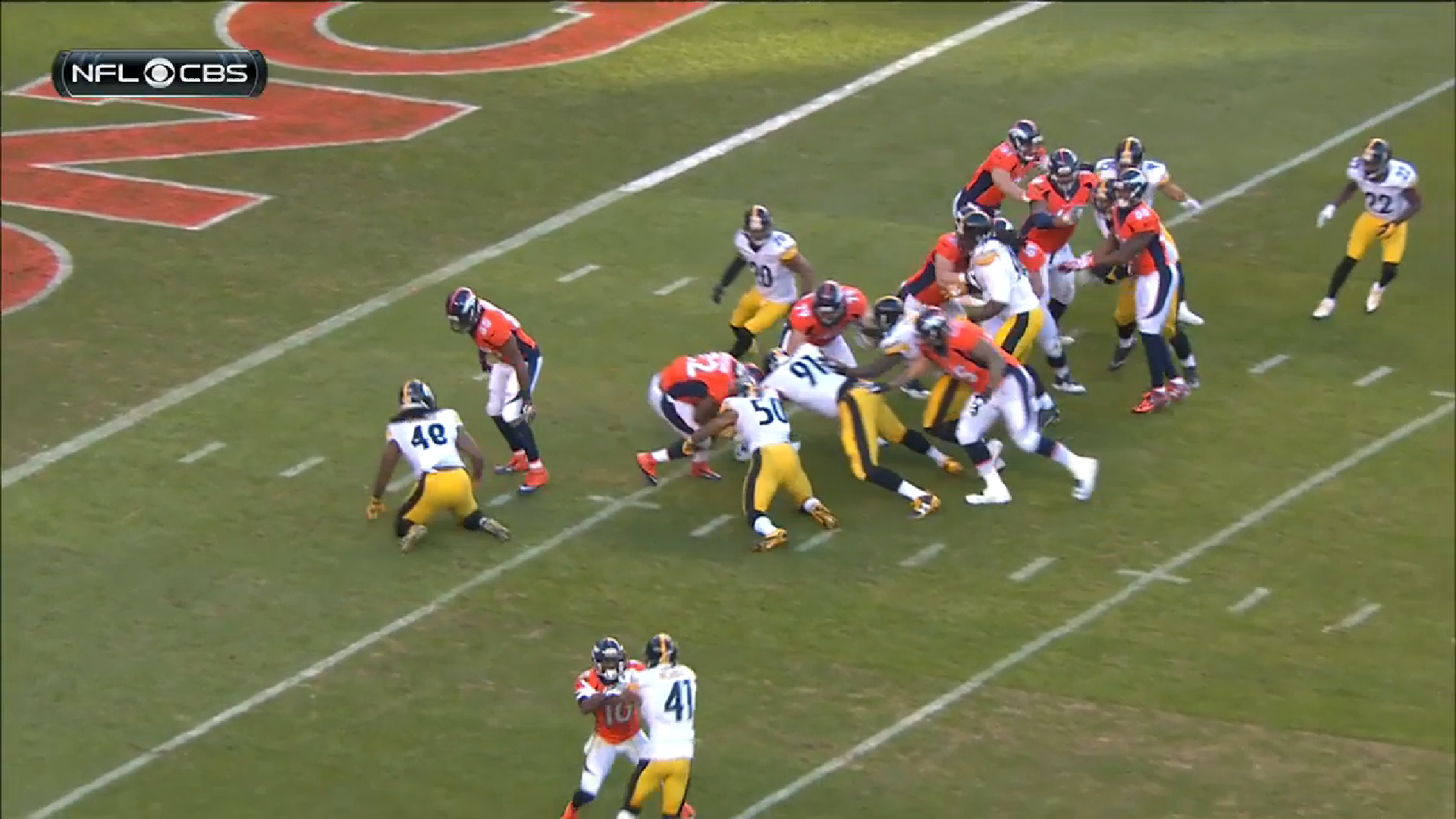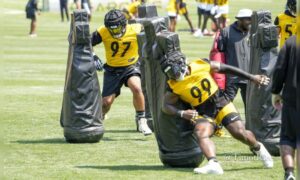The Pittsburgh Steelers have, by and large, been on an upward swing over the course of the past two and a half seasons after they missed the playoffs for two straight seasons, and failed to win a postseason game in four straight years.
Last season saw them gain that elusive playoff victory, though they came up short with about three minutes left in the Divisional round a week later. Their offense took off, and their defense improved, showing playmaking ability and opportunism.
But there are still a lot of unanswered questions facing the team as we crack into free agency territory. As an exercise, we like to take a stab at some of those questions, presenting arguments for the pros and cons of each side of the coin. This is the optimist’s take on the following question.
Question: Will the run defense continue to be an asset in the manner in which it became last season?
Ever since the Steelers set a franchise mark in their run defense during the 2010 season, the run defense had been on a downward trajectory that had only begun to be reversed last year. Officially, they allowed about 4.3 yards per carry in 2014, and they dropped that down to 3.8 yards per carry in 2015.
That mark represented the sixth-best in the league, and their 91.2 rushing yards allowed per game was good for fifth-best. Rather important as well is the fact that they gave up only six rushing touchdowns on the season, the second-fewest in the NFL.
One of the major reasons for this success was the fact that they were able to significantly cut down on the explosive plays allowed in this category, finishing as among the best in the NFL in this regard last year. They allowed just six explosive plays all year, fifth-best, with two teams tying for the lead at four. They also only allowed one play of 40 or more yards, while only one team allowed none. To top it off, opposing teams translated just 18.6 rushing attempts into first downs, second-best in the league.
A lot of this had to do with the development of what was already there, and what is still there, namely Cameron Heyward and Stephon Tuitt. The emergence of Ryan Shazier and the continued solid play against the run of the front seven has been key.
Even with the loss of Steve McLendon, who has been an underrated run defender, it would seem that the team should still be poised to be successful against the run next year, because they were able to improve their defensive efforts against the run in their nickel defense, which they employed about 70 percent of the time last season.
The wildcard will be how Daniel McCullers steps into the nose tackle position, but if there is one thing he is capable of doing naturally, it is occupying space. He may not be a penetrating tackle, but he can certainly hold up blockers to free others to make plays. As long as the perimeter remains stout against the run, the run defense should remain an asset in 2016.








